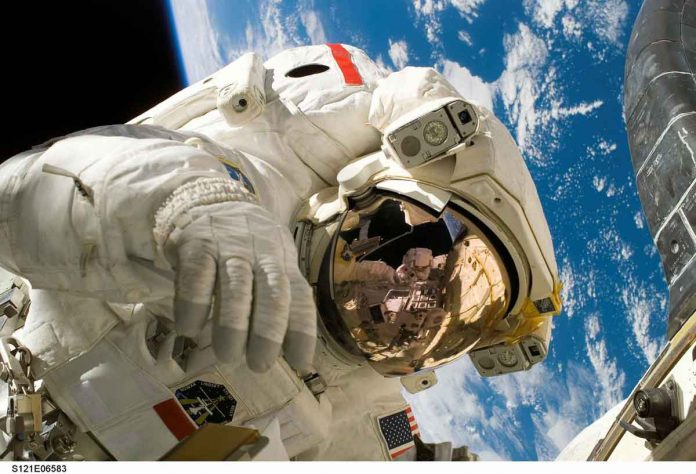Even after a year on Earth, astronauts who have returned from three-month spaceflights may show signs of incomplete bone recovery, but adding more resistance-based exercises during spaceflight may help limit bone loss. The small study on 17 international astronauts, published in Scientific Reports, discovered that while the shinbone partially recovers, the sustained bone losses after one year are equivalent to ten years of normal age-related bone loss on Earth.
Steven Boyd and colleagues photographed 17 astronauts (14 men and three women) before spaceflight, after they returned to Earth, and after six and twelve months of recovery. They used bone scans on the tibia (shinbone) and radius (forearm) to calculate fracture resistance (failure load), bone mineral in bone tissue, and tissue thickness. The authors also documented astronauts’ in-flight and post-flight exercises such as cycling, treadmill running, and deadlifting.
One year after flight, the median results for 16 of the astronauts revealed incomplete shinbone recovery. The median shinbone failure load, which measures bone strength, was reduced by 152.0 newtons after one year, from 10,579 newtons before flight to 10,427 newtons after flight. Total bone mineral density decreased by 4.5 mg/cm3 compared to pre-flight levels of 326.8 mg/cm3. Forearm measurements across all astronauts did not differ after 12 months of recovery compared to pre-flight.
The authors discovered that astronauts on missions lasting more than six months (a total of eight astronauts) experienced significantly less bone recovery. After one year, the median shinbone failure load in astronauts on missions longer than six months was reduced by 333.9 newtons compared to pre-flight, while the failure load in astronauts on missions shorter than six months (nine astronauts) was reduced by 79.9 newtons.
Similar differences in total bone mineral density in the shinbone were discovered. After a year, nine of the astronauts (seven from long missions) had not fully recovered their shinbone total bone mineral density. Among all astronauts, those who completed more in-flight deadlift training than their individual pre-flight training was identified as having recovered tibia bone mineral density. In addition to current exercise routines, the authors propose that a jumping resistance-based exercise that provides high-impact dynamic loads on the legs may help prevent bone loss and promote bone formation during spaceflight missions.

